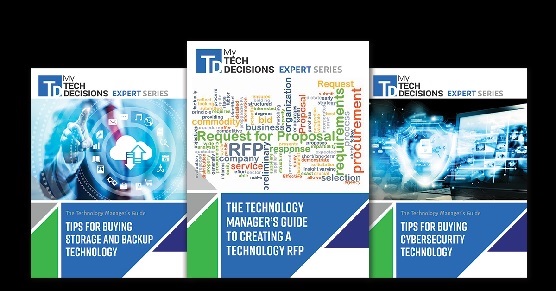The race for the best analytics solution is continuing to heat up.
Last week, Hewlett Packard Enterprise Co. agreed to purchase Silicon Graphics International Corp. for a number close to $275 million.
The purchase will allow HP Enterprise to enhance its data analytics and high-performance computing businesses, as well as aiding sales to government agencies.
HP Enterprise is the largest maker of server systems and traditionally has done well in corporate and government. SGI, founded in 1982, has a long history of creating servers and supercomputers. Most recently, SGI has focused on high-performance computers, storage hardware and software for applications associated with analyzing large amounts of data.
According to the Wall Street Journal, Antonio Neri, an HP Enterprise executive vice president and general manager, said that SGI has systems with particularly large pools of memory to run large databases at higher speeds than using disk drives. More from WSJ:
HP Enterprise said it would pay $7.75 a share, a 30% premium to SGI’s closing stock price on Thursday. SGI shares rose 29% in after-hours trading, while HP Enterprise shares were flat.
SGI on Thursday said it had swung to a profit in the fiscal fourth quarter of $100,000, or break-even per share, compared with a loss in the year-earlier period of $10 million, or 28 cents a share. Revenue declined nearly 20% to $123 million.
It reported a loss of $11 million on $533 million in revenue for the fiscal year.
HP Enterprise said the SGI deal is expected to be neutral to its earnings in the first full year after closing and add to its profit thereafter.
This move is of particular interest to me after similar moves have been made by Cisco (acquiring IoT company Jasper Technologies) and Dell (acquiring data storage giant EMC Corp.) in the past year. These moves and more point to the same thing – Internet of Things is coming, it’s going to bring with it a tsunami of information, and top tech companies need to be able to keep up.
Instead of launching their own product lines, solutions, or businesses to do so, these companies are purchasing other companies with the right pieces and adding it to their portfolio. Dell, for example, already has a strong data analytics platform in Dell Statistica. So what did they do? They went out and set a record by purchasing EMC Corp., which has the resources to store the vast amounts of data that Statistica will then analyze. Suddenly, Dell is a total solution to the big data and analytics problem, rather than just a piece.
The same can be said of Cisco’s acquisition of Jasper Technologies. Cisco has long had the hardware side of things locked down, and by adding Jasper’s cloud-based platforms to manage Internet of Things services, Cisco is able to provide the hardware and software necessary to outfit a business in the new IoT world. They create the “thing” that collects the data, and the software that stores and manages that data as well.
Now HPE is doing the same thing. Go to the front page of the company’s website and you’ll find that HPE wants to accelerate your digital transformation, empower data-driven organizations, and harvest IoT insights. The technology that SGI offers will allow them to better analyze that data and strengthen their product. Instead of developing their own technology – a venture that could take years and could never even work out – HPE buys a proven product that can be better utilized way its business structure.
It’s my belief, and not everyone will agree with me, that analytics is the most important aspect for businesses moving forward. In research and development the benefits have already been seen, but businesses are just starting to scratch the surface of how analytics can bolster, manufacturing, sales and advertising. When you can collect data from customers and competitors and analyze it correctly you can sell and market directly to their needs. When you can analyze worldwide, regional, or local trends in customer satisfaction, company profile, product success, etc. you can dynamically restructure your plans in real time, rather than after a failure.
I’m excited to see what companies are able to do with advanced analytics as IoT continues to grow. It’s apparent that some of the biggest players in these spaces have seen the same writing on the wall as I have, spending millions and billions of dollars to strengthen their IoT, analytics, and data portfolios. They wouldn’t be gambling with these sums of money if there wasn’t a legitimate reason. The reason – analytics is going to be a multi-billion dollar market soon enough, because companies are going to make a lot of money using analytics. Those that capitalize will thrive.
If you enjoyed this article and want to receive more valuable industry content like this, click here to sign up for our digital newsletters!











Leave a Reply